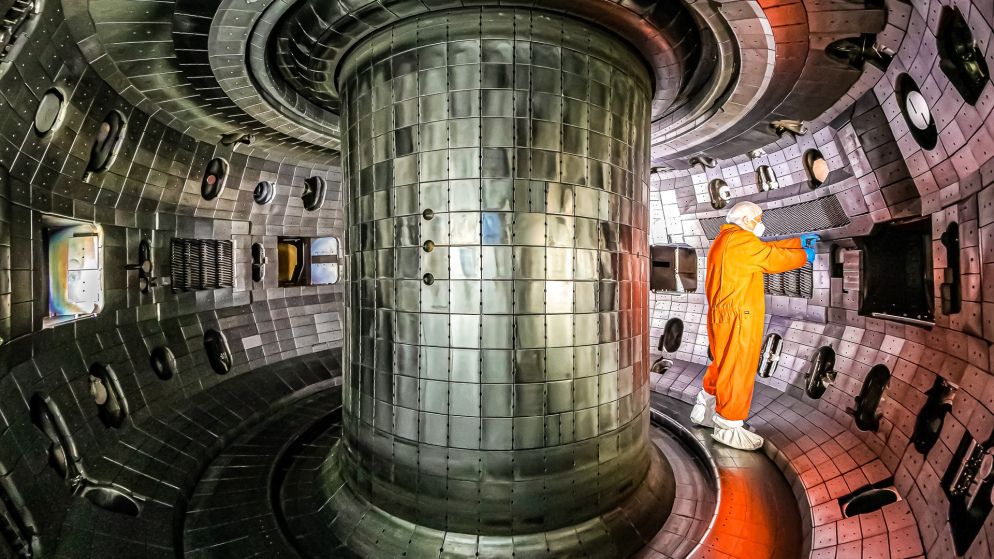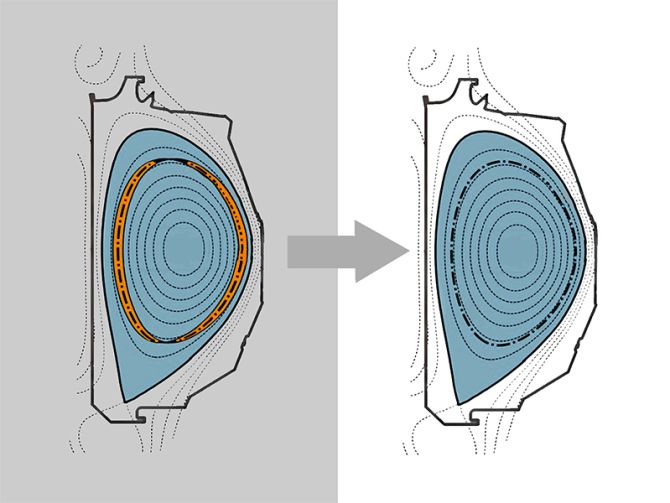the scientistOver the past few decades, the dream of nuclear fusion power generation has been explored and pursued, but due to various challenges,These experimental reactors have not yet reached the point where they can replace fossil fuels.

One of the key challenges in making nuclear fusion generate stable electricity is the unpredictability of superheated plasma.However, the Princeton Plasma Physics Laboratory (PPPL) has made a major breakthrough in this regard.
The PPPL team designed and developed a new artificial intelligence that can predict plasma "tearing" in fusion 300 milliseconds in advance, thereby smoothing out irregularities and hopefully avoiding reactor restarts in the future.
Fusion reactors use a ring structure, similar to a donut. Inside the tokamak reactor, magnetic fields control the plasma so that it does not break through the ring wall.
But boiling plasma is difficult to control, and it can easily "tear apart" and escape the powerful magnetic fields that are used to contain it. Once the plasma escapes, the reactor needs to be shut down and reset.

The AI developed at PPPL has the potential to predict these instabilities long enough in advance so that they can be corrected, the tests were conducted at the Department of Energy’s DIII-D national fusion facility in San Diego (see above).
The AI algorithm’s warning time wasn’t long—the longest forecast was 300 milliseconds. That’s not enough time for a human to do anything, but it only takes a few milliseconds for the tearing mode instability to disrupt a fusion reaction.
The team is confident that the AI controller is able to reduce tearing mode instabilities in the DIII-D reactor. However, the network was trained specifically for DIII-D - it cannot predict or stabilize tearing mode instabilities in other tokamaks. The researchers hope to eventually develop a more general AI, but this will require more testing.